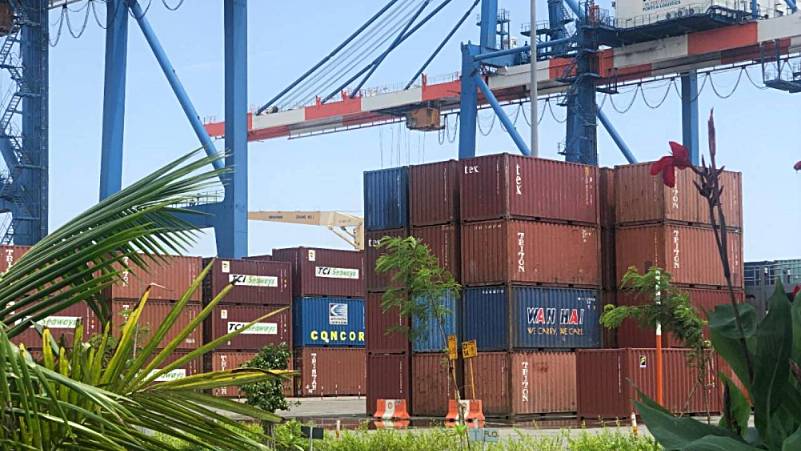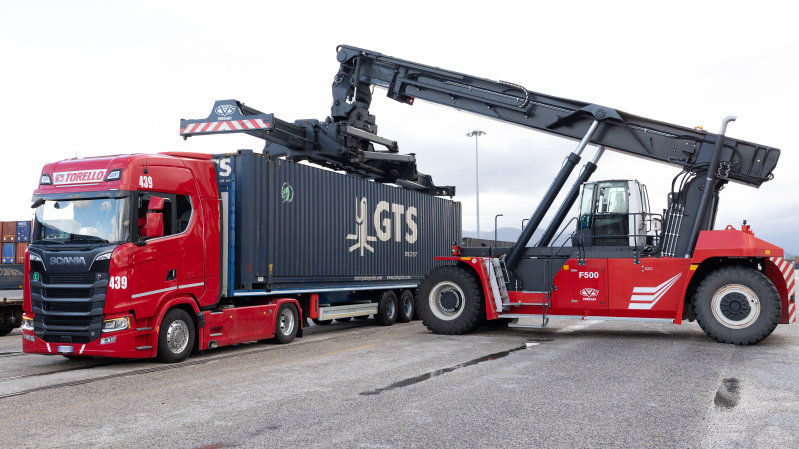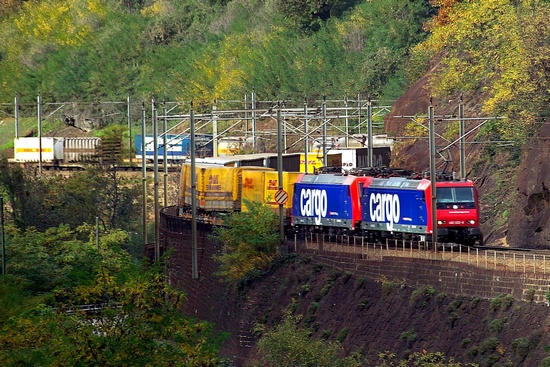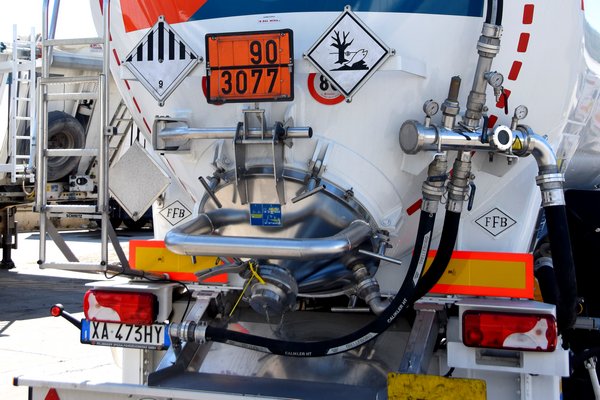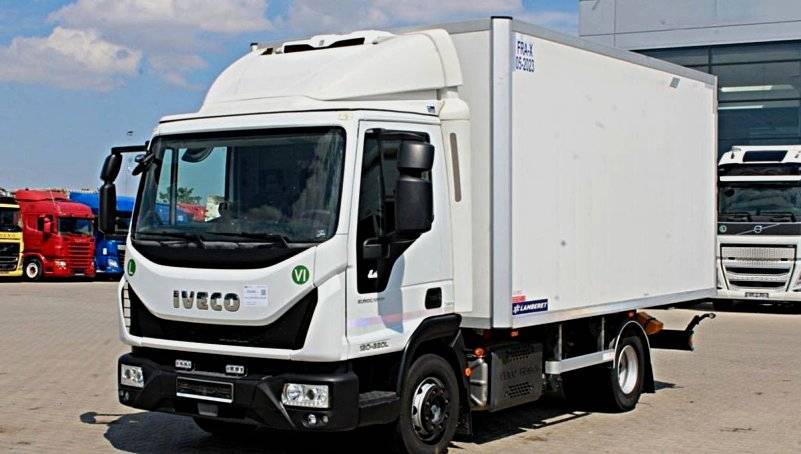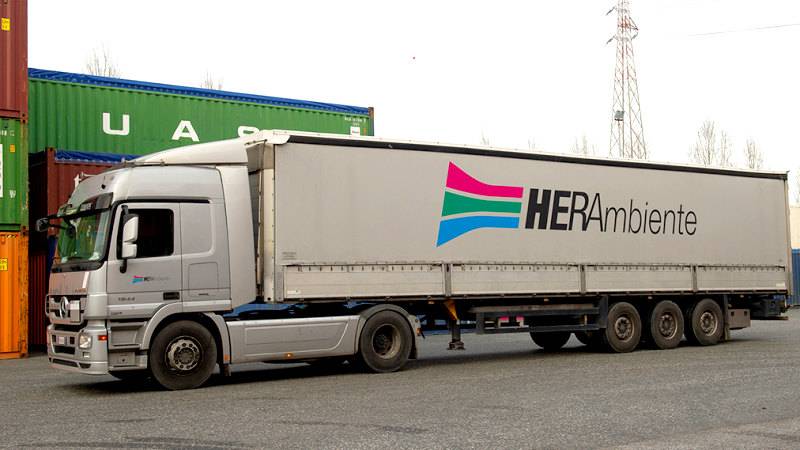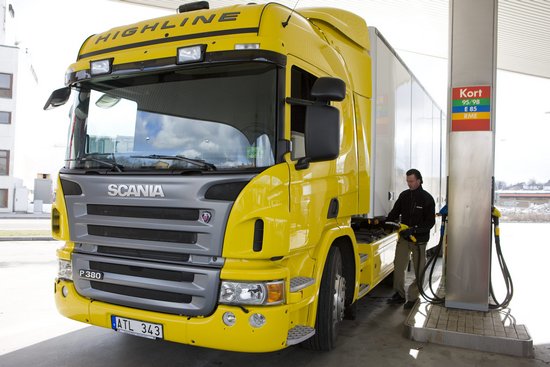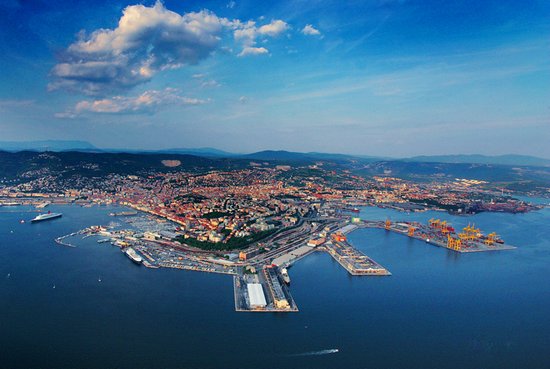This initiative stands as one of the most significant railway projects ever undertaken in Poland, involving the modernisation and doubling of tracks on the route extending northward from Białystok, the largest city in northeastern Poland, located just over forty kilometres in a straight line from the Belarusian border, towards Ełk, about seventy kilometres from Lithuania. The railway corridor subject to this enhancement and redevelopment stretches for approximately one hundred kilometres, with investments exceeding 1.4 billion euros, largely co-financed by the Connecting Europe Facility (CEF) programme. The substantial financial backing from the European Union is justified, as this railway line, while serving an internal Polish transport function, also constitutes a segment of the north-south international corridor integrated into the Rail Baltica project.
A technical map of Europe’s railway infrastructure reveals that this Polish region marks the extreme boundary for the EU’s electrified network and standard European gauge. This explains the strategic importance of the project, as it integrates Poland’s railway corridors with those under construction towards the Baltic States. North of Ełk, the route reaches the Kaunas hub, which serves as the connection point with Lithuania’s railway network and the new Rail Baltica corridor. Consequently, a conversion to the standard European gauge is underway.
The tender for the reconstruction of the Białystok-Ełk line is set to be launched soon and will be reserved for Western companies, a notable shift in Polish public works procurement. The upgraded line will feature a modern double-track layout, fully electrified and equipped with the European Train Control System (ETCS) Level 2. All existing level crossings will be eliminated, and traffic management will be centralised at the Białystok control centre. Key infrastructure elements will include around twenty road structures, twelve railway viaducts, and an equal number of underpasses. Freight trains on the modernised line will be able to travel at speeds of up to 120 km/h, with train lengths conforming to the European standard of 750 metres, while passenger trains will be capable of reaching speeds of up to 200 km/h.
This route also holds military significance as a key corridor designated by NATO for the movement of armaments and materials towards the Baltic States. The CEF’s financial support is not limited to the Białystok-Ełk line but also extends to other modernisation and enhancement projects within Poland’s northeastern railway network, such as the nearly three-hundred-kilometre-long Osowiec-Ełk line.


